10 Simple Ferments To Start In A Small Kitchen
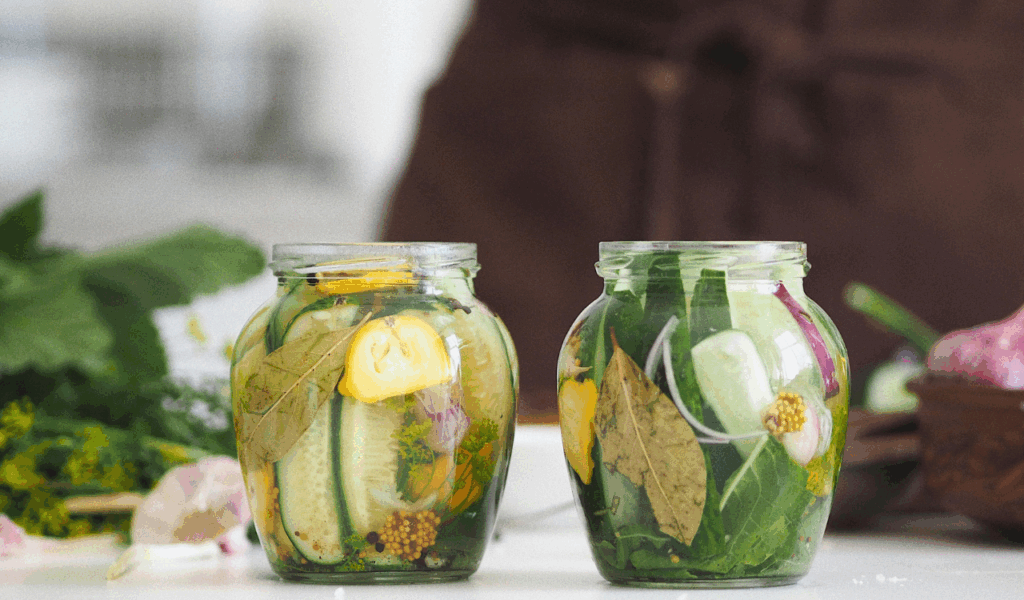
Despite its intimidating name, fermentation is one of the world’s oldest and most straightforward methods of food preservation. You can begin fermenting in your tiny kitchen with a few simple supplies and equipment; no specialised equipment or enormous storage space are required. In addition to adding taste and diversity to your meals, these easy ferments are also excellent for your digestive system. Are you prepared to unleash the potential of robust flavour and beneficial bacteria? Let’s begin!
1. Sauerkraut
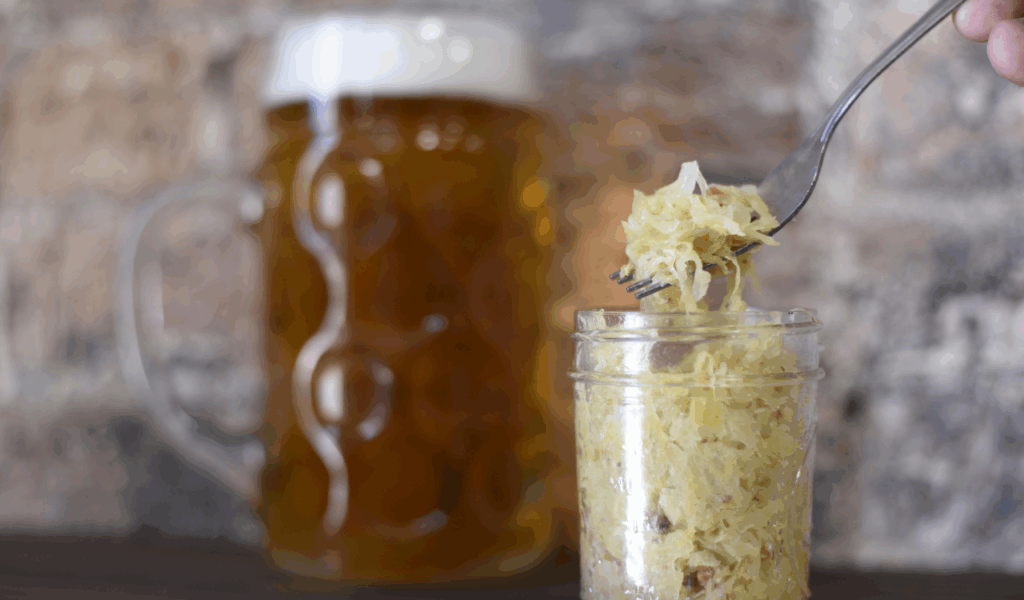
One of the simplest ferments to make at home is sauerkraut, which is made with just cabbage and salt. A tangy, crunchy condiment full of probiotics is created when shredded cabbage is massaged with salt, causing it to naturally release liquid and start fermenting. It’s ideal as a garnish for salads, sandwiches, and sausages. A clean jar, patience, and a little time are all you need. This ferment takes up very little room in a small kitchen, but it offers the most flavour and health advantages.
2. Kimchi
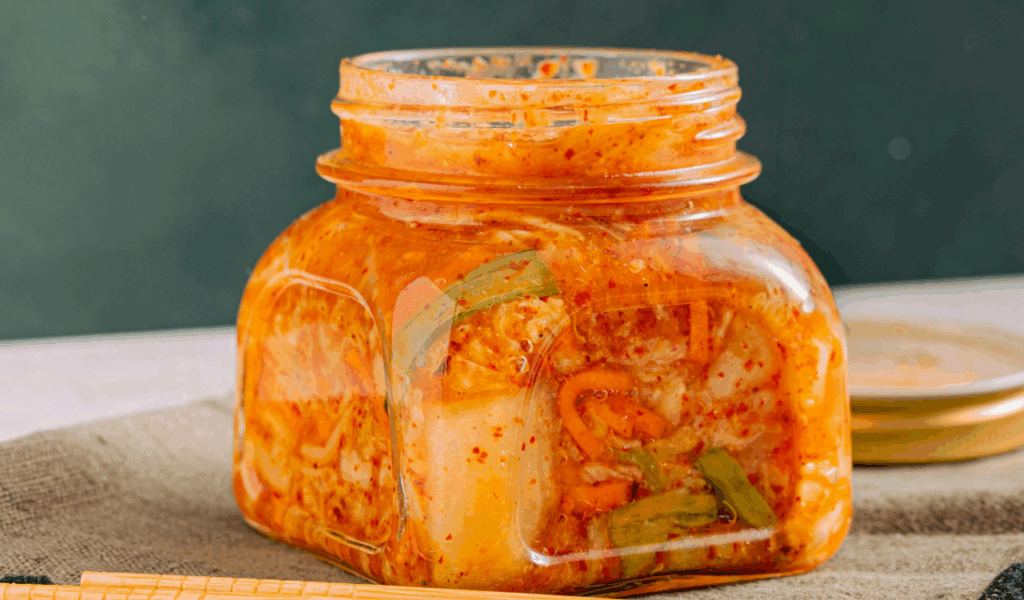
Korea’s famous fermented dish, kimchi, is made by fermenting vegetables, usually radish and napa cabbage, with salt, ginger, garlic, and chilli. Simplified recipes enable you to make a small batch using only a few ingredients, whereas traditional versions can be complicated. It is perfect for small kitchen spaces because it ferments quickly and can be stored in jars. The end product is a strong, spicy, umami-rich side dish that goes well with rice, eggs, or noodles and is full of good bacteria.
3. Pickled Red Onions

Although not as probiotic-rich as lacto-ferments, these quick-pickled onions are a vinegar ferment and are remarkably flavourful and easy to make. All you need is vinegar, onions, and a little salt and sugar. They have a sweet-tangy flavour that is ideal for tacos, salads, sandwiches, and grain bowls after a short period of rest. They enhance any dish with their vibrant pink hue and crisp bite, and they keep well in the refrigerator for weeks.
4. Fermented Garlic Honey

Easy to make and ideal for small kitchens, fermented garlic honey is a savoury and sweet remedy. Just immerse the peeled garlic cloves in raw honey and wait for the process to finish. As the honey gradually ferments, it becomes thinner and acquires the taste and immune-stimulating qualities of garlic. You can take a spoonful of this golden, syrupy ferment to help fight colds, or you can stir it into tea or drizzle it over roasted vegetables. Just make sure your jar is clean and has a loose seal.
5. Yogurt

With just milk and a starter culture—which can be store-bought plain yoghurt with live cultures—homemade yoghurt is a satisfying ferment. After heating the milk and allowing it to cool slightly, add the culture and place it in a warm location to incubate. Your yoghurt will be tangy and creamy with live probiotics in a matter of hours. Compared to store-bought varieties, it is frequently healthier and less expensive. For batch-making in a small space, a small jar or glass container is ideal, and the outcome is incredibly adaptable.
6. Kefir

Similar to yoghurt, kefir is a fermented milk beverage that is even higher in probiotic strains and thinner. It is particularly practical for small kitchens because it ferments at room temperature after being made by mixing kefir grains with milk. Kefir doesn’t require heating or specialised equipment like yoghurt does. You’ll have a tasty, tangy beverage that promotes gut health in just one day. Additionally, it can be fermented with plant-based milks, which makes it appropriate for a variety of dietary requirements.
7. Fermented Carrots
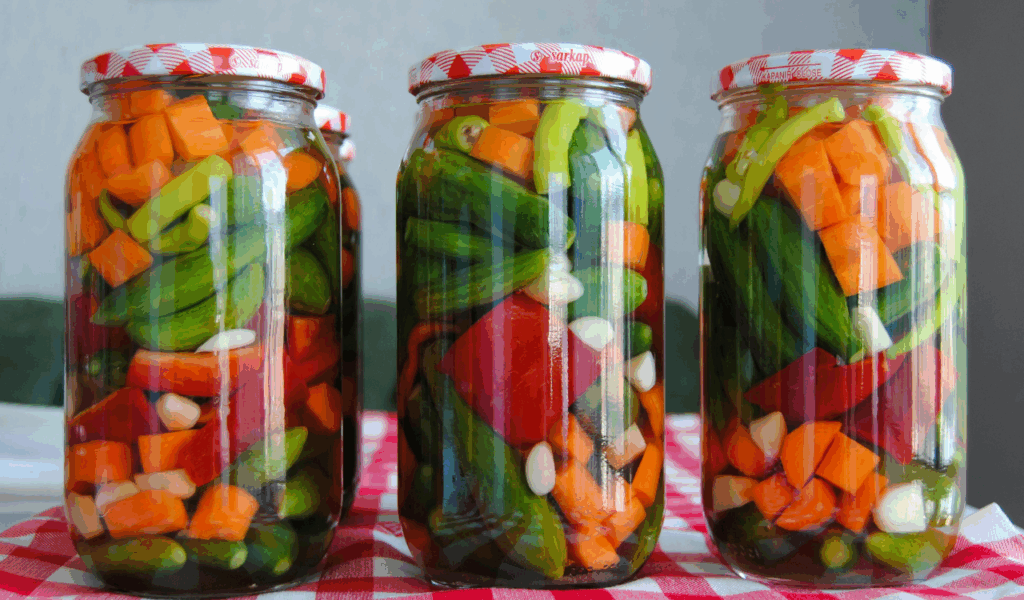
Apple peels and cores, water, and sugar can be used to make apple cider vinegar, which is a great way to reduce waste and produce something beneficial. Combine all ingredients in a sterile jar, cover with a cloth, and allow to ferment for a few weeks. Before it becomes vinegar, it will go through an alcoholic stage. The result is a multipurpose, tangy vinegar that can be used for cleaning as well as in marinades and dressings. For people with a small kitchen, it’s the perfect first project.
8. Apple Cider Vinegar (From Scraps)

Apple peels and cores, water, and sugar can be used to make apple cider vinegar, which is a great way to reduce waste and produce something beneficial. Combine all ingredients in a sterile jar, cover with a cloth, and allow to ferment for a few weeks. Before it becomes vinegar, it will go through an alcoholic stage. The result is a multipurpose, tangy vinegar that can be used for cleaning as well as in marinades and dressings. For people with a small kitchen, it’s the perfect first project.
9. Lacto-Fermented Hot Sauce
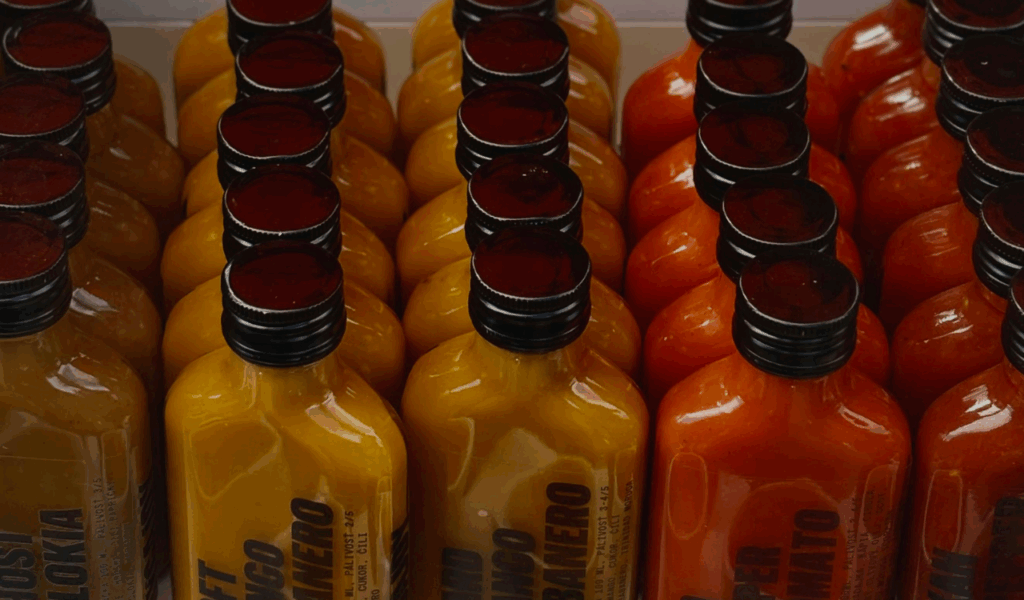
Make your own fermented hot sauce if you’re a heat lover. It’s as easy as blending chilli peppers with salt and letting them ferment for a week or longer in a jar. Once tangy and bubbly, blend once more with vinegar to create a hot sauce full of probiotics and flavour. You have complete control over the ingredients and degree of spice with this small-batch ferment, which is perfect for chilli lovers. Despite taking up very little room, it has a strong flavour that rivals any store-bought alternative.
10. Sourdough Starter

Simply combine flour and water to make a sourdough starter, which is then allowed to ferment into a bubbly culture that naturally leavens bread. Once established, you can feed the living ferment on a regular basis and use it to make waffles, pancakes, and bread. Keeping a small starter jar on the counter or refrigerator takes up little space and opens up a world of baking possibilities, but it does require some commitment. Those who enjoy homemade bread should definitely try it.





